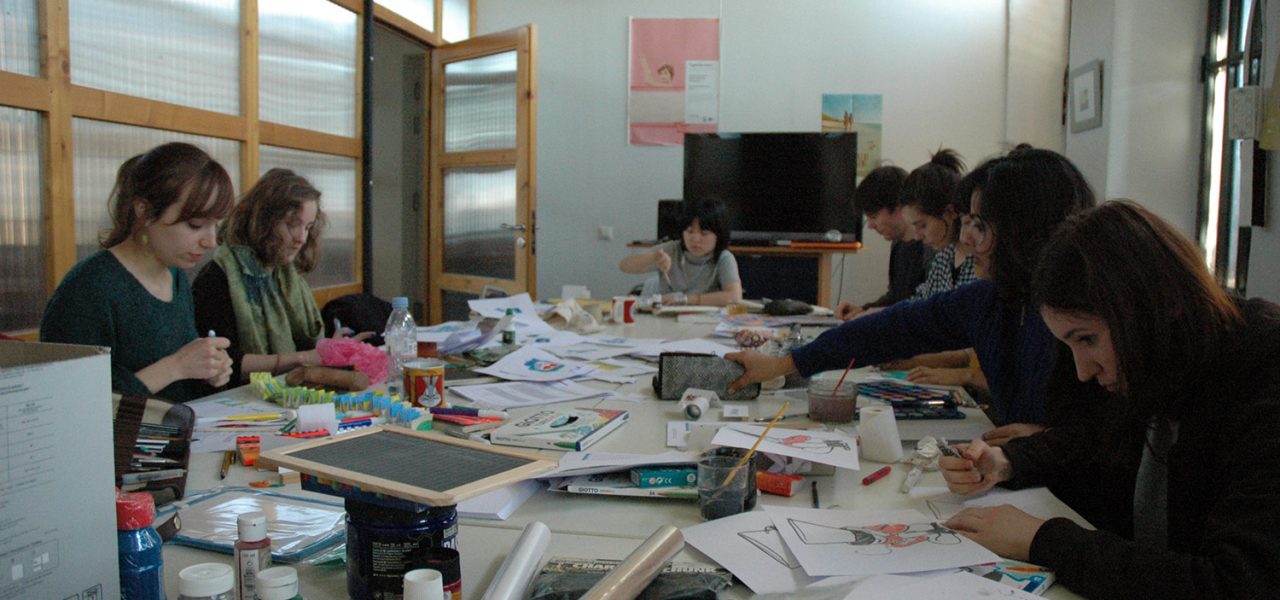
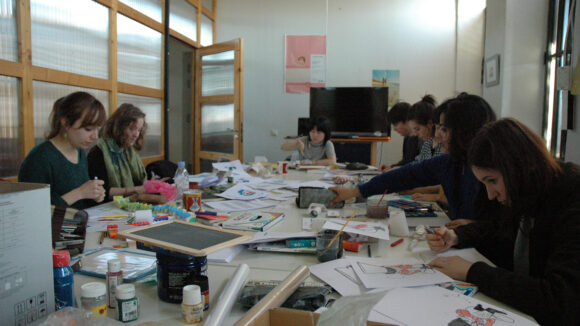
A Visit To La Poudrière, France’s Boutique Animation Filmmaking School Without Professors
THE FIRST PIECE IN A NEW SEMI-REGULAR SERIES ON CARTOON BREW PROFILING THE WORLD’S MOST UNIQUE ANIMATION EDUCATION PROGRAMS.
Located in an old military cartridge factory, in the southeast of France, La Poudrière school recruits students with different backgrounds, origins, and ages who all share one thing in common: they have great potential as animation directors and filmmakers.
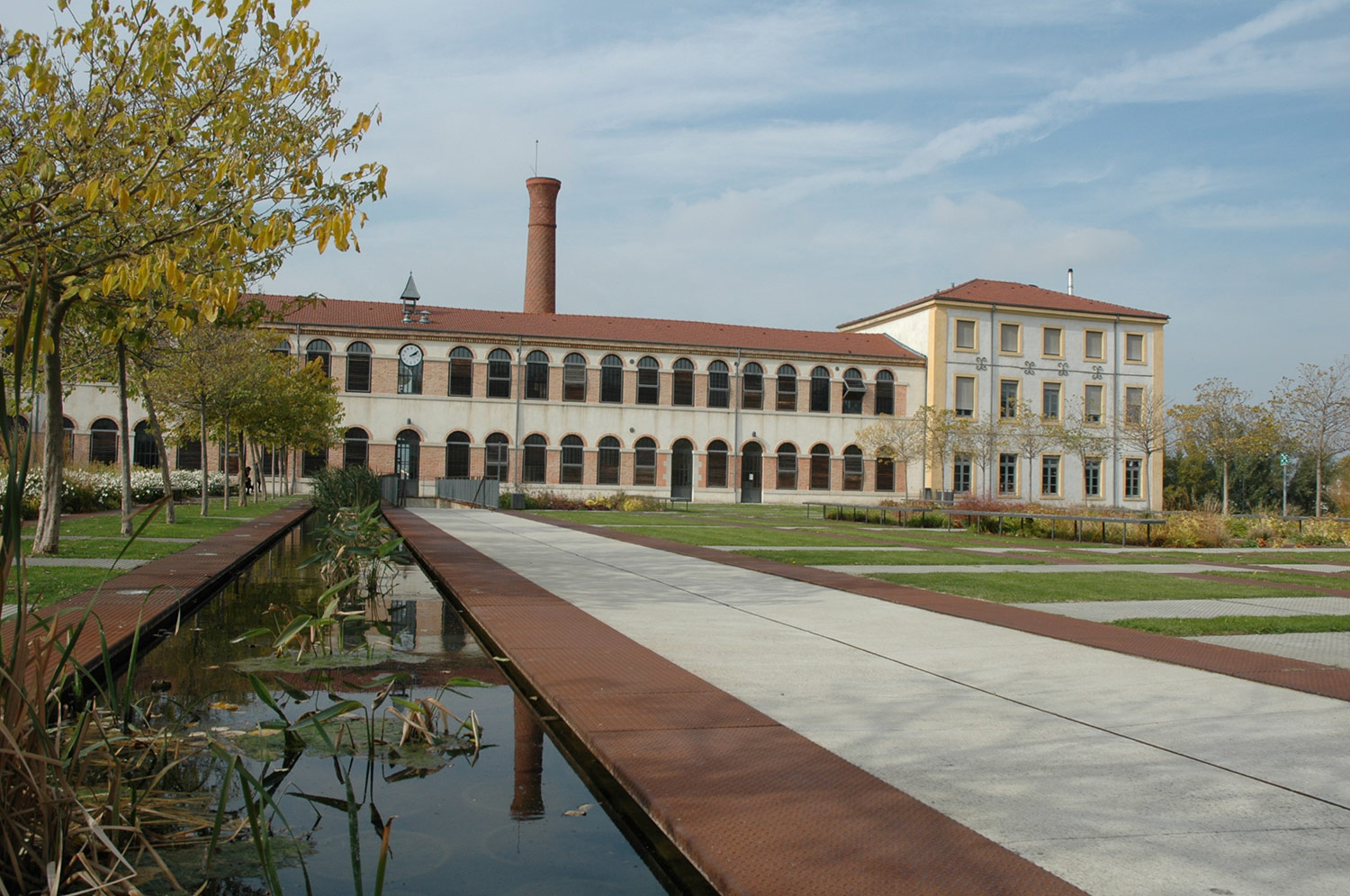
The first thing you notice when you arrive at La Poudrière in Bourg-lès-Valence is a tall brick chimney. Quite unusual for an animation school. La Poudrière is, in fact, based in a former military cartridge factory, a mid-19th century massive brick and stone building that has been converted into an animation and visual effects hub, but kept its original name: La Cartoucherie. The place is well known in the French animation industry for it also houses renowned studios, like TeamTo and Folimage.
La Poudrière (“powder magazine” in English) owes its name to the first function of the place, but it’s also a metaphor for the explosive potential of the talents recruited there. The school has won countless awards since its foundation in 1999. This year has been particularly special, though: Lucrèce Andreae and Benjamin Renner, two former graduates, each won the César Award, France’s highest film honor, for their respective films: Pépé le morse for best animated short, and The Big Bad Fox for best animated feature.
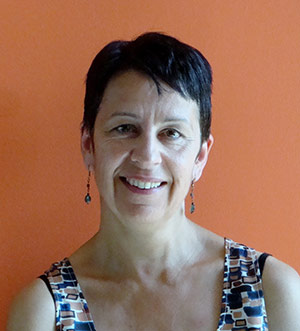
In its recipe for success, the first ingredient of La Poudrière is recruitment. When Andreae and Renner were admitted into the two-year degree course, they had already graduated from art schools: Andreae from the famous Gobelins in Paris and Renner from Angoulême Art School. “The people we select must already know how to animate, whatever the technique, says Annick Teninge, director of La Poudrière. “We are a cinema school – we teach how to direct, not how to animate.” Academic training is not essential; the school even accepts self-taught animators, like Max Litvinov, a Russian computer engineer who learned the techniques through internet tutorials.
The school is not intended for young people just out of high school, but for talents who are at least 22 years old. A few have managed to sneak in before that age, but you have to be as gifted as Renner, who was 21, when he was accepted. Many, however, are much older, like Rémi Chayé, director of Long Way North, who was 35 when he was admitted. The average age is 26, according to the school.
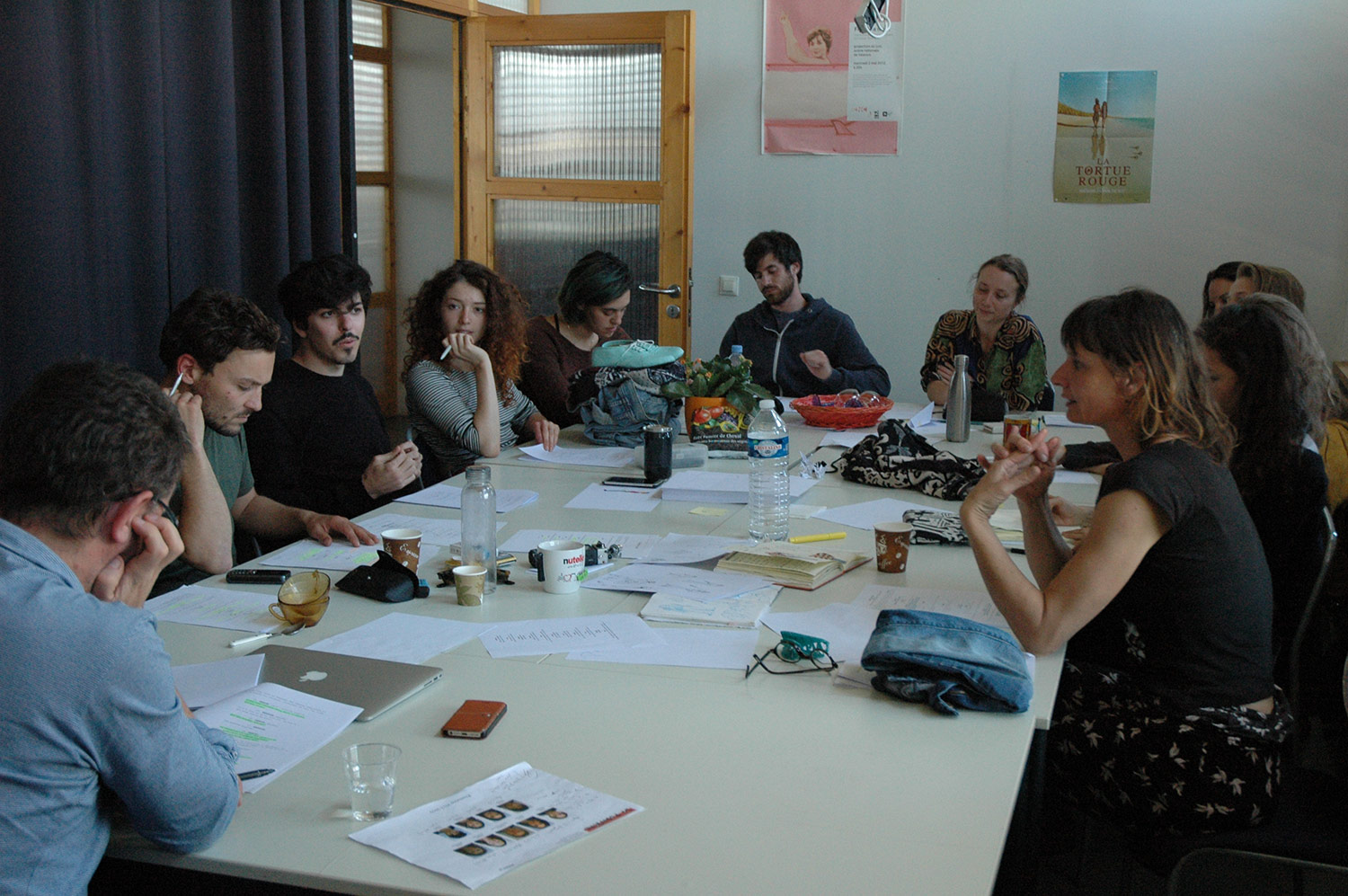
Other requirements? Knowing how to speak the French language and… having had a broken heart. “The founder, Jacques-Rémy Girerd, who also created Folimage studio, had suggested this peculiar criteria in order to select a student who has a strong personality,” says Teninge. While she later admits that this is not a serious requirement, it speaks to the school’s goal of selecting students who have had life experiences beyond the drawing board.
The school is also very international. “It is very rewarding to have foreign students because their cultural references and sensibilities are very different,” says Teninge. Twenty-five to forty percent of the classes are from all over the world: Italians, Indians, Chinese, Israelis, and Canadians, though strangely enough, no American has ever taken the course.
La Poudrière wants to cultivate the originality of each of them and to personalize the way they are trained. It is possible because of the school’s boutique organizational structure: only nine or ten students enter the program each year. It is also possible because they are not taught by professors but by industry professionals, during workshops that last one week at most. “A professor may leave a too big mark on them. We want to avoid that they imitate a style,” explains Teninge of the limited time each teacher has at the school. The students end up exposed to countless perspectives: three to four professors each teach one-week workshops, and 80 professors teach two-day workshops.
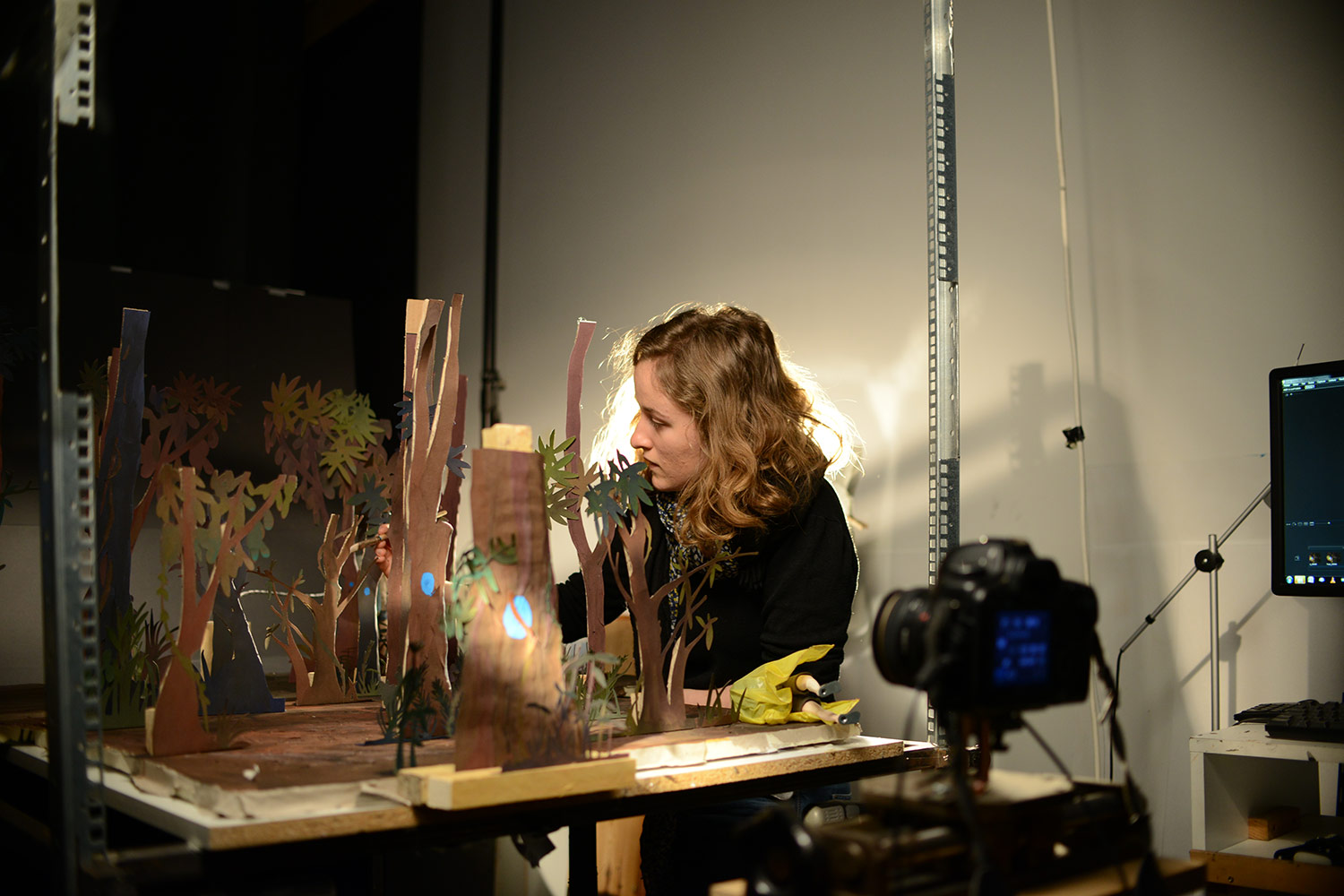
It’s the varying perspectives of the mentors that help students decide the path they want to pursue as filmmakers. “When I began La Poudrière, I was making experimental animation,” Renner tells Cartoon Brew. “During workshops, Jean-Louis Gagnol [A Cat in Paris co-director] told me my approach was interesting but that it would only be seen by my peers. I then discovered I wanted to tell stories to a larger audience.”
The school wants to also prepare the future directors for the necessities of the animation business. Students work on short movies, but also on series and other more constrained exercises in order to learn how to target an audience. “We had to create 1-minute, 20-second, or even 1-second long movies,” says Spanish director Rocio Alvarez, whose short Simbiosis Carnal was selected at the last edition of Annecy. “It is very intensive–we were working against the clock. We also learned how to manage a team through exercises in small groups.”
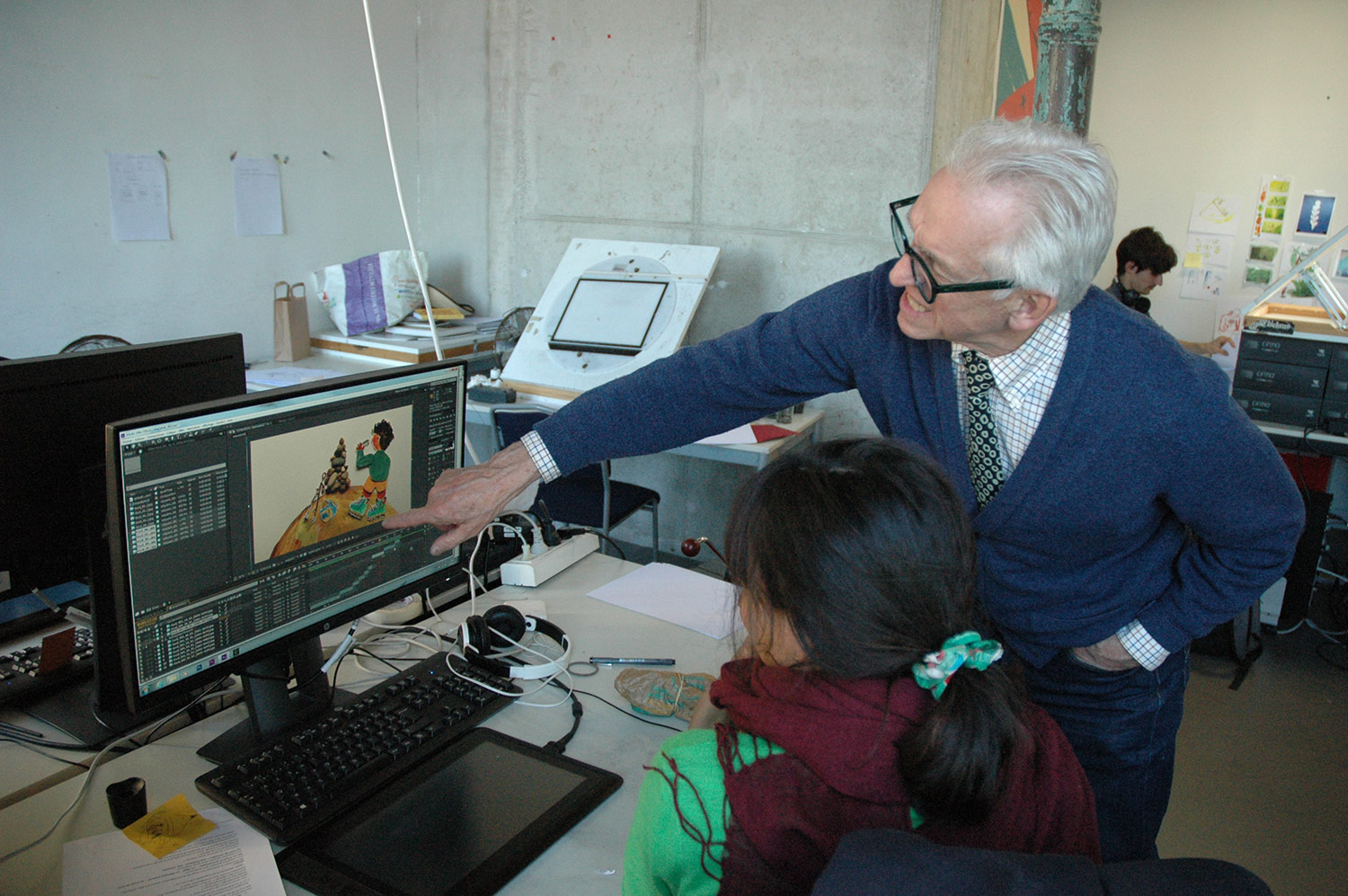
The rules are tough – and the school’s educational director Laurent Pouvaret is quite strict about them. “He threatened to cut one short I made, because it was longer than the duration he demanded,” recalls Renner. “I was furious because I thought it was damaging the quality of the film, but it’s true that it forced me to respond to a commission.”
Is La Poudrière any fun or is it all work? There is only one party at the end of each quarter, but every week, Pouvaret and the students go to the cinema to watch a movie together. They also spend four days at the Clermont-Ferrand short film festival and a whole week in Annecy at the annual animation festival.
“Once a month, we went to see a play,” says Rémi Chayé. “Then we talked about it, thought about it, analyzed it. We also spent some time at the theater of Valence directing actors, in order to train for directing the voice actors of our graduate films.” Chayé’s experience at the school was fruitful: he not only met Claire Paoletti, the screenwriter of his film Long Way North, but his wife too, Pauline Pinson, who has worked on Michel, a series produced by Folimage studio and broadcast by Canal Plus.
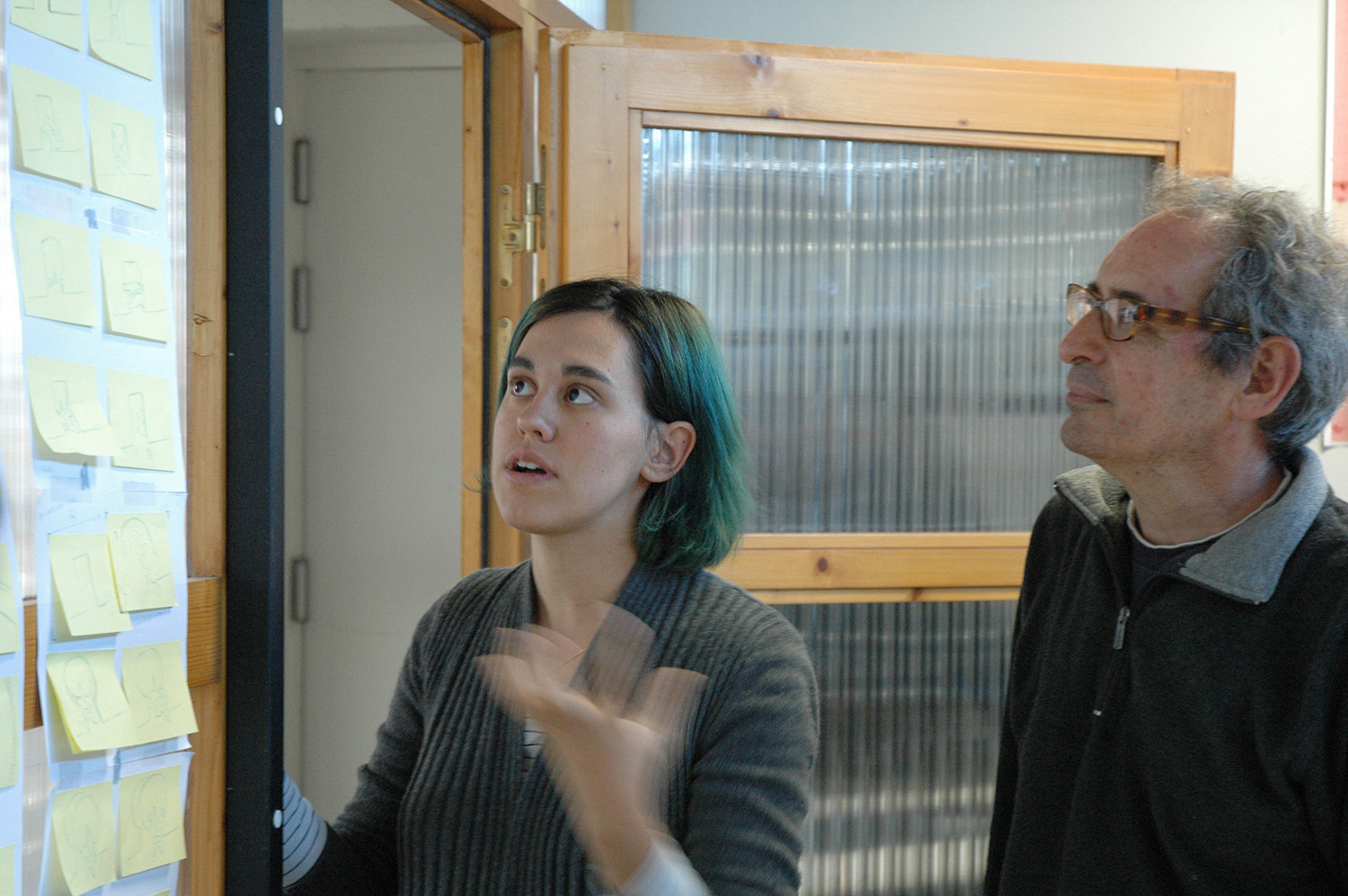
The studio Folimage is located in another wing of the spacious building and has a lot in common with La Poudrière: same founder, same vision of animation as a technique and not a genre… “But, it’s not Folimage’s school,” insists Teninge, who has clearly had to explain this many times before. “That label was stuck on our back for a long time, but not anymore.” Nevertheless, many graduates are recruited by Folimage to animate on their series.
During their coffee or lunch break in the charming garden of La Cartoucherie, the students have the opportunity to bump into professionals working for other studios based in the sprawling La Cartoucherie building: TeamTo, Fargo, Films du Nord… Studios often recruit the students before they have even graduated, like Renner, who was recruited by Didier Brunner’s company. In 20 years, 90% of the 152 graduates have become directors, according to the school’s statistics, and 128 film projects have been produced or are in development.
And perhaps the best part of La Poudrière: as the school is financed by local, national, and European public subsidies, and receives money from private sponsors, mostly tv channels, the admission fee is about the same as the one of a public university in France: 1,000 euros (USD $1,175) per year.
Correction: An earlier version of this article misstated the tuition of the school. The number has been corrected.

